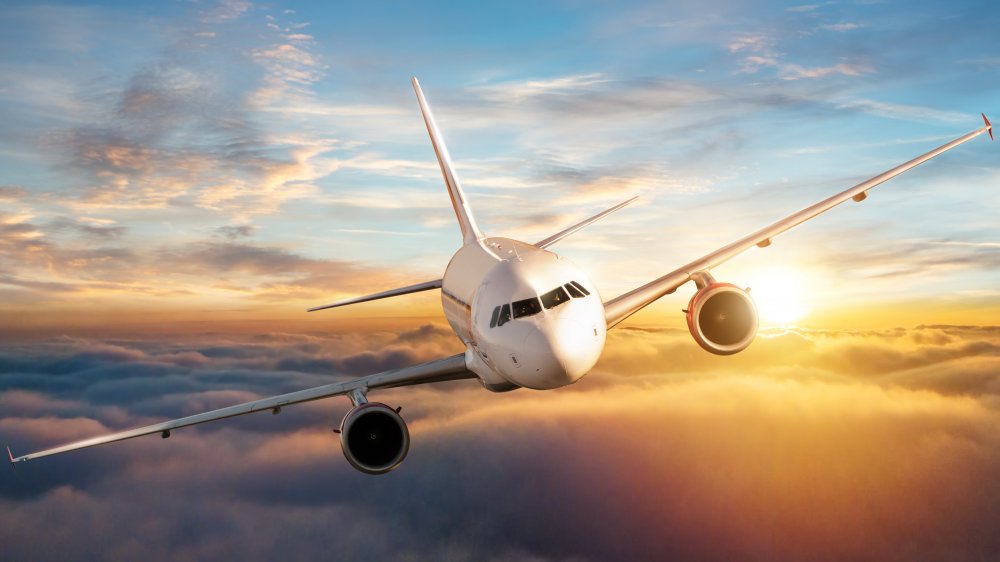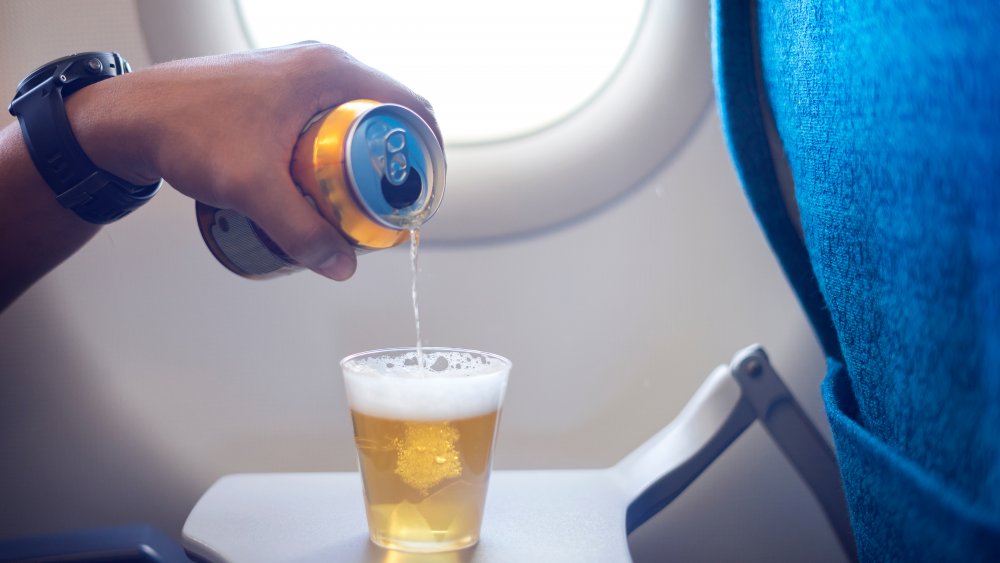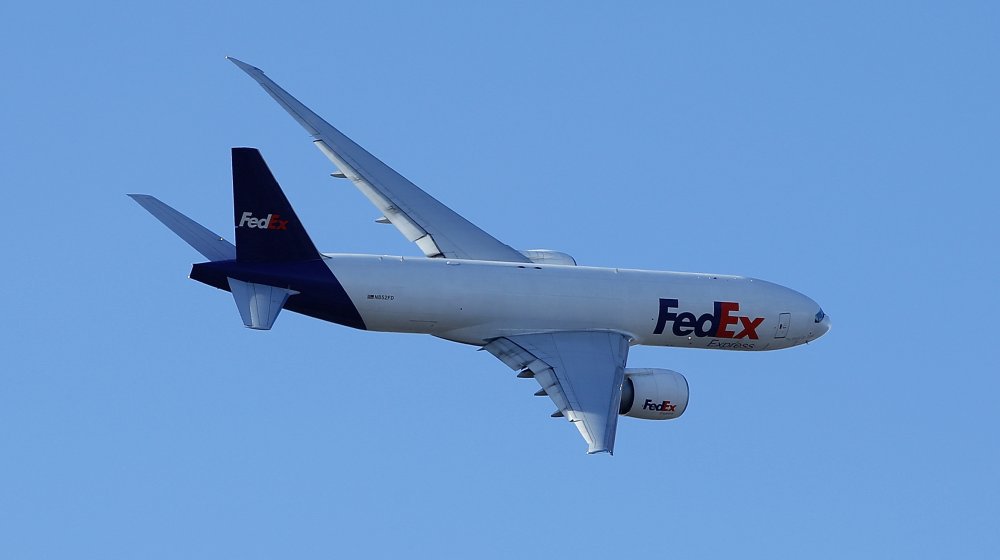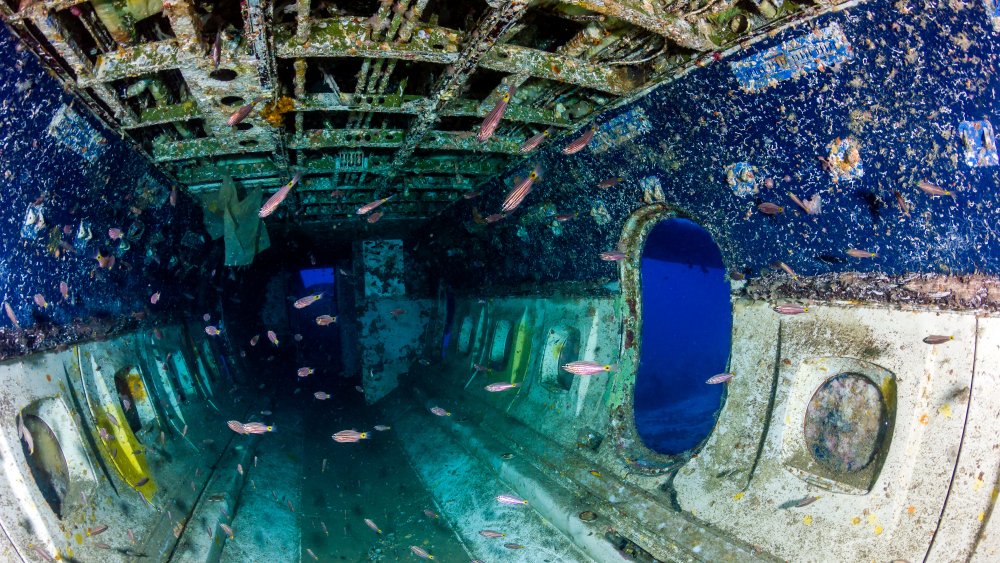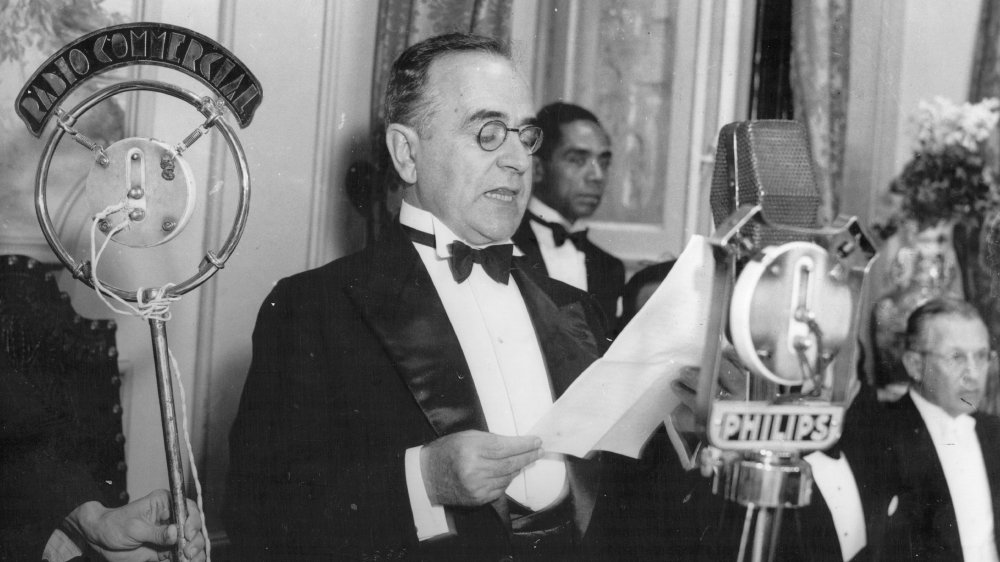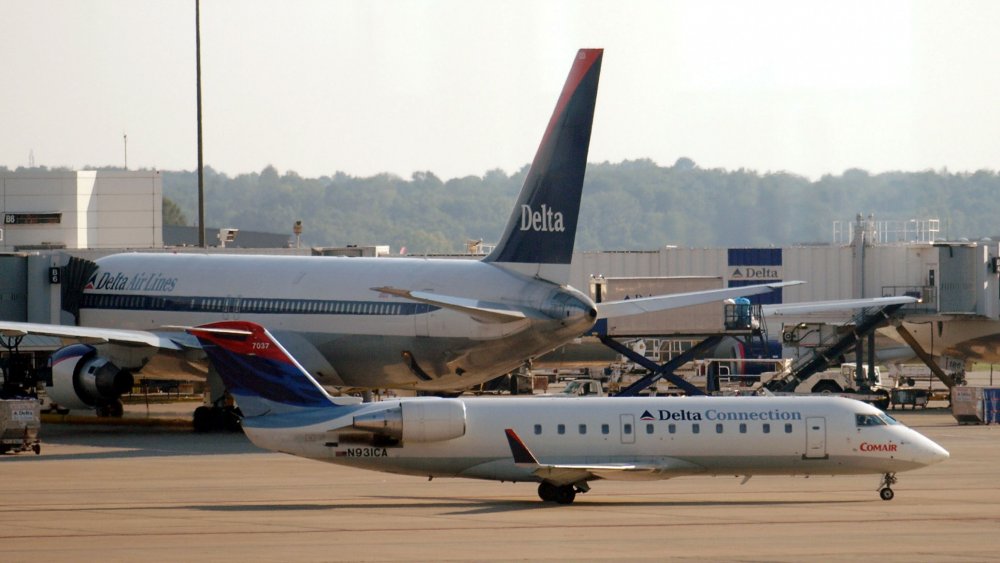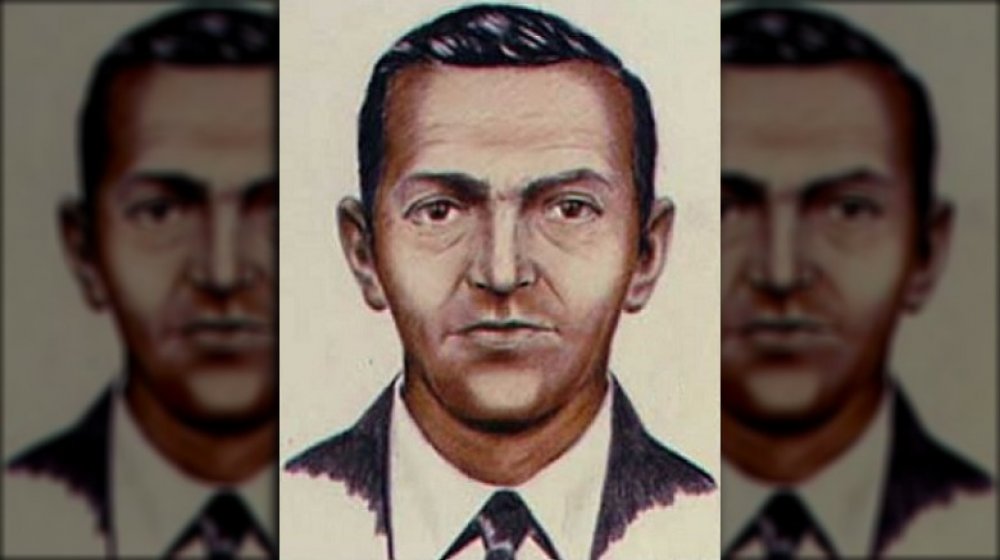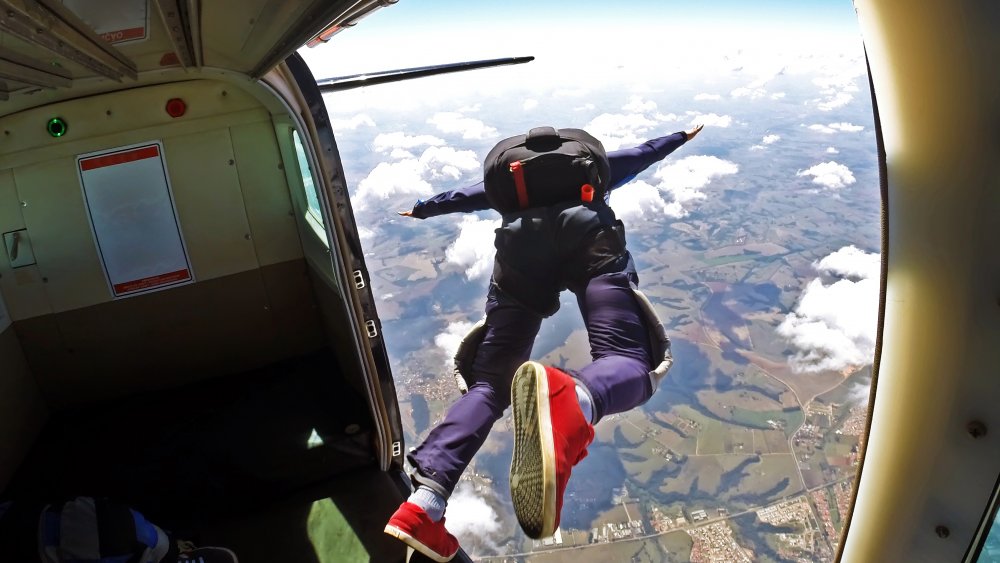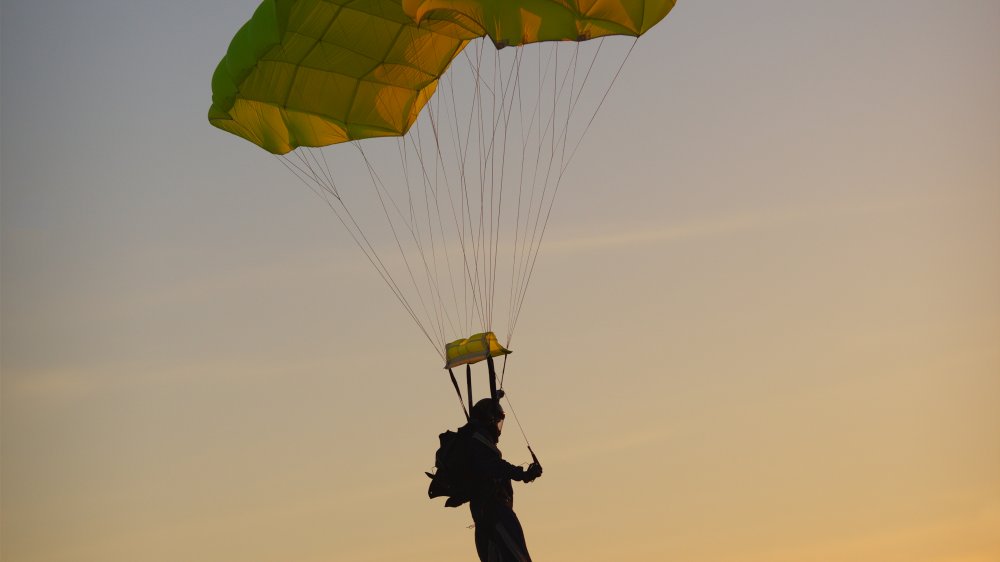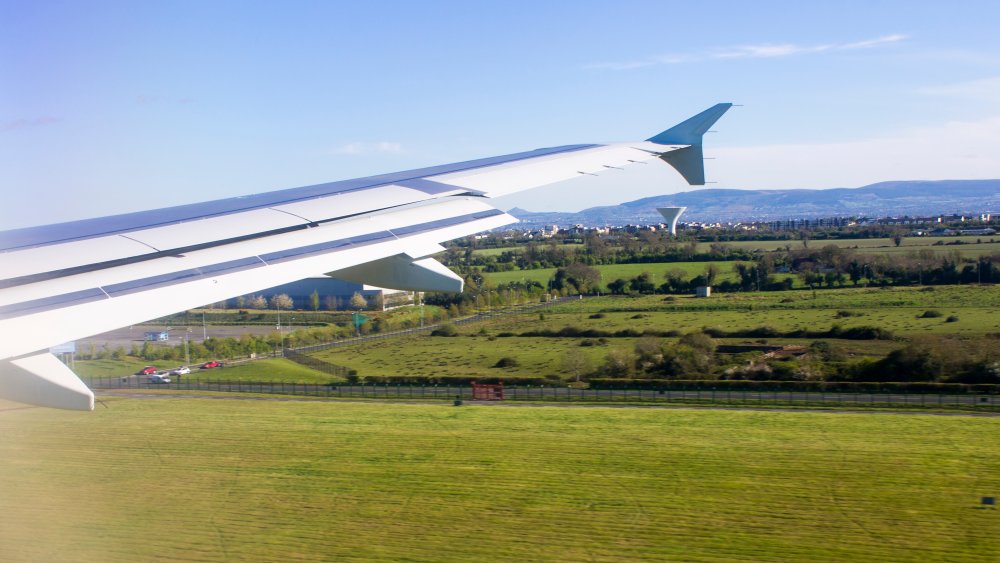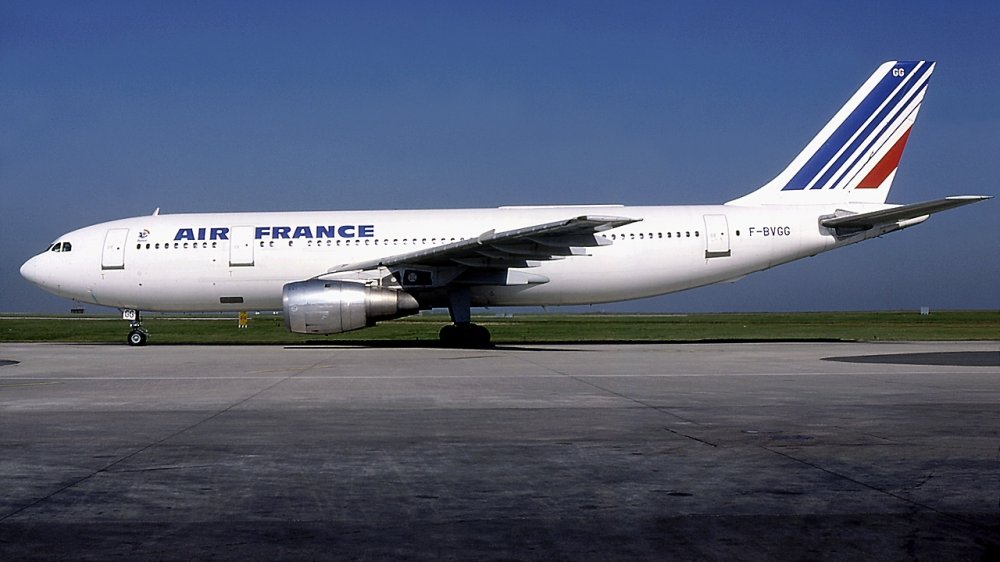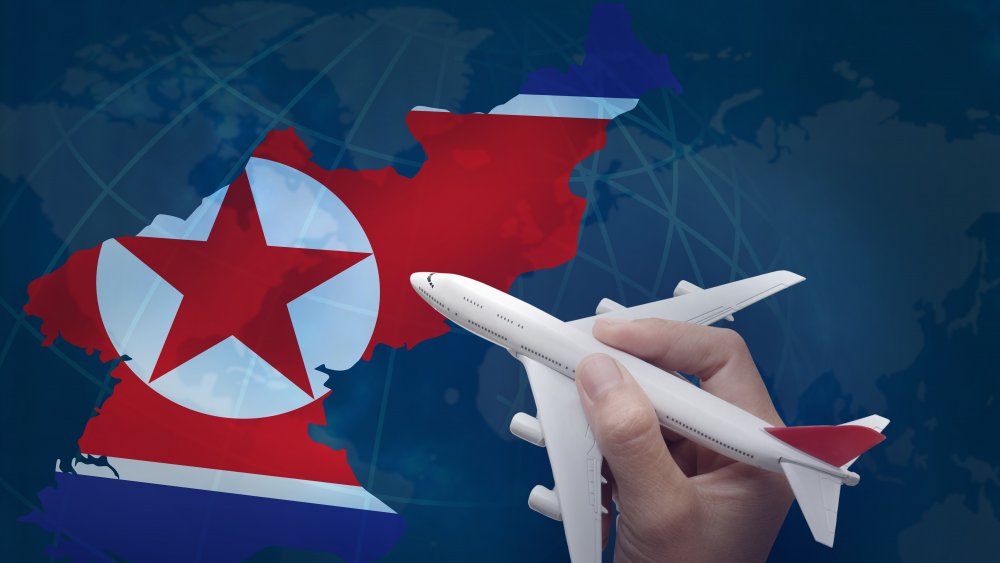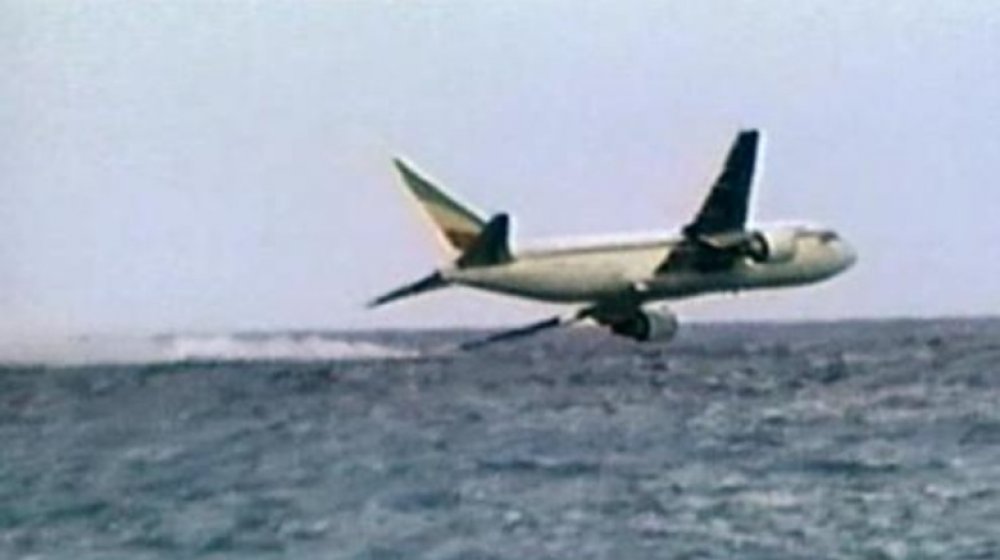History's Craziest Plane Hijackings
International air travel is almost a century old, and in that time, hundreds of flights have been commandeered, most often with some sort of generic political goal in the mind of the hijacker(s). Some of these incidents, however, were less "organized terrorist plot" and more "what will that crazy coyote do to catch the roadrunner this time?"
One may think that taking over a multimillion-dollar machine filled with passengers flying thousands of feet in the air would require skill, planning, and intelligence, or at the very least sobriety. One would be hilariously wrong.
Among the many attempts to take airplanes and their passengers hostage, there are individuals notable less for their audacity and more for their utter lack of forethought. Religious fanatics and political extremists motivated by a homicidal ideology would concern any flyer, but spare some room in your list of air-passenger worries for the incompetent, the greedy, and the drunk.
The hijacker who surrendered for beer
Flying is enough to make anyone want to drink. The seats are too small, the prices are too high, the airlines are run by sadists, and the TSA is just as incompetent as your surly uncle on Facebook. Sometimes a hero emerges from the concourse, a hero who earns, who deserves, a beer.
In June 1985, Norway experienced its first-ever airplane hijacking. On a flight from Trondheim to Oslo, as the Aviation Safety Network dryly states, a man "apparently fed-up with society" took the plane by force. The 24-year-old, slightly inebriated former convict boarded the plane, threatened the crew with a gun, demanded to speak with Norway's prime minister and justice minister about his treatment in prison, and kept drinking. For their part, according to the justice minister, "We never considered yielding to his pressure,” according to The New York Times.
The flight landed in Oslo, almost on time, and the hijacker allowed the passengers to leave but kept the crew on the plane. He then placed himself in one of the toilets, keeping a constant watch on his hostages, two pilots and three flight attendants. He kept drinking and demanded the attendants bring him more beer. About an hour after the passengers had left, airport police told him he couldn't have any more beer unless he gave up his pistol, which he did. There were no casualties, said the Aviation Safety Network.
A pilot flew upside down to foil a hijacking
According to AEN Logistics Ltd., Auburn Calloway was a 42-year-old FedEx flight engineer in 1994 when his wife abruptly left him and he decided to end it all. His life insurance wouldn't cover a suicide, however, so he aimed to bring down a plane so that it looked like an accident and his kids would still get his life insurance.
He booked himself a "jump seat" on a flight, free space on their planes that FedEx offers their employees, and on April 7, he boarded the plane with a guitar case. As the plane rose to cruising altitude, Calloway removed a hammer from his guitar case and attacked the flight crew. Miraculously, the pilot and co-pilot survived having their heads smashed in, and the flight crew began to fight back. They took the hammer from Calloway, who then retrieved a scuba speargun from his guitar case.
The crew managed to subdue their would-be murderer, but as they were trying to land, Calloway got free again. The pilot took the craft into steep dives and climbs, rolls and pitches, throwing Calloway off long enough for the flight crew to keep him down. The pilots landed the plane so badly injured that neither would ever be allowed to fly commercial planes again, the full flight crew were given medals for heroism by the Airline Pilot's Association, and Calloway was sentenced to two consecutive life terms.
The first commercial hijacking was a robbery
One of the first commercial hijackings was a heist, just like the great train robberies of the 19th century. You disguise yourself or force your way onto the train, force the conductor to stop the locomotive, rob the passengers and cargo, and then book it. In 1948, some aspiring Chinese hijackers learned the hard way that planes are different than trains.
The fledgling Cathay Pacific Airways ran regular seaplane flights for rich passengers and literal boatloads of gold between Macau and Hong Kong. The Miss Macao left Hong Kong with 27 passengers aboard, including four Chinese millionaires and 23-year-old rice farmer Wong Yu-man. Wong was recruited by three men for his knowledge of a local place where they could force the plane down, rob the rich passengers, and then ransom them.
The passengers and crew didn't go down without a fight. The South China Morning Post reports that one millionaire's body had bullet wounds, and Wong, the only survivor, explained in his confession that the plane went down after the pilot was killed. He was arrested by police in Macau, but since it was a Portuguese territory, and Hong Kong a British colony, and the plane went down in Chinese waters, Wong was eventually released. "He went to China," explained former Cathay pilot Charles Eather, "where rumour had it his life was snuffed out in a suitably contrived accident. The Chinese authorities detested piracy."
The first-ever hijacking
Like much of South America, the early 20th century didn't bless Brazil with good government. By 1930, the First Brazilian Republic was reeling from a stuttering economy and a succession of crises, including multiple rebellions. The losing candidate in that year's election, Getulio Vargas (pictured above), used his military support to overthrow the government and install him as president. Vargas never veered too far from power: When he was deposed in his very own coup 15 years later, he still got elected as senator that same year and again as president six years later.
Vargas' presidency was marked by ever-expanding authority, quelling basically all freedoms of speech and assembly, which, exacerbated by the global Great Depression, resulted in chronic instability and popular resistance. One of the first major uprisings against Vargas happened in 1932 in the state of Sao Paulo, indignant at Vargas taking control from the state government.
The State Rebellion was not a small affair, involving hundreds of thousands of state and federal troops, a naval blockade, and, for some reason, three guys stealing a plane they didn't know how to fly. On September 25, revolutionaries broke into a hanger and, as The New York Times reported, "kidnapped an airport watchman here, stole a commercial airplane and apparently tried to fly to the rebel capital of Sao Paulo, but the attempt ended in death for all four."
The 14-year-old hijacker
Fourteen-year-old Cincinnati resident David Booth wasn't having a smooth life. He was a "confused, messed-up kid," he told WNWO. For young David, the final straw was when his brother moved to Massachusetts. He stole a check from his dad and went to the airport. He didn't fill out the check correctly, though, so they refused to sell him a ticket. David called home. (It was 1969 – air travel was different.) His dad read him the riot act, so David decided he didn't need a ticket.
Thinking about the Vietnam vet who hijacked a plane from California to Rome just two weeks before, David strode toward the nearest gate. At Gate 5 was an 18-year-old ballet dancer escorting her grandmother to her flight. (Flying really was different.) David put his pocketknife to her throat, using her to force his way onto the plane.
He said he had a bomb — an ink bottle with a wick on top — and demanded to go to Sweden. The flight crew said that the plane couldn't make it that far, so he settled for Mexico. Eventually, the chief of the airport police made it onboard and told David, "Son, there's no way you can get away with this." Which he didn't. But the judge was merciful and sentenced David to six months in a home for vulnerable children, where he got his act together.
The famous D.B. Cooper
On November 24, 1971, a man using the name Dan Cooper boarded a plane in Portland, Oregon, heading to Seattle. He was a quiet man wearing a plain business suit, and he ordered a bourbon in the air. Not too long into the flight, he told a flight attendant that he had a bomb in his briefcase and gave her instructions.
The flight attendant presented Cooper's demands to the captain: four parachutes and $200,000 in 20-dollar bills. The plane landed in Seattle, where he demanded and received what he asked for in exchange for all 36 passengers and several crew. He kept a skeleton crew onboard and ordered the captain to take off on a course for Mexico City. According to the FBI, Cooper jumped out of the plane "somewhere between Seattle and Reno." The plane landed safely.
The FBI kept the investigation open for many years, looking into over 800 suspects eventually, but the man has never been found or even identified. Nine years later, a bag was found containing 20-dollar bills that matched the ones given to Cooper, but the remaining $195,000 is unaccounted for. Two dozen names still populate the Bureau's Cooper list, and new theories regularly pop up, but who the hijacker was and what become of him and his money remains a mystery.
There were a lot of D.B. Cooper copycats
The D.B. Cooper case remains the only unsolved air hijacking in the country. One of the compounding factors for FBI investigators, who kept the case open until 2016, was the many copycats. According to the St. Louis Post-Dispatch, there were at least nine copycat hijackers who jumped out of planes within a year of Cooper.
In April 1972, helicopter pilot, skydiver, and military veteran Richard McCoy hijacked a plane with a hand grenade (seriously, flying was different!), demanding half a million dollars plus four parachutes. Just like Cooper, he stopped for his cash and then donned a flight suit after the plane took off again, jumping out over Utah. The FBI suspected but cleared McCoy of being behind the Cooper Caper as well, but he's still believed to be the actual D.B. by many, including two FBI agents who wrote a book about it.
Two months later in St. Louis, Robert Wilson boarded a Tulsa-bound flight. His ticket was paid in cash, he wore purple sunglasses, and he carried a submachine gun inside a trombone case. He took over the plane and ordered it back to St. Louis. While he waited on his score, Wilson was apparently infuriating a random, possibly drunk, stranger in the airport lounge, who then drove his car through the airport fence and into Wilson's plane at 80 mph. Ducking FBI sharpshooters behind his hostages, Wilson took another plane and jumped out over Indiana.
The DIY hijacker
Reggie Chua's life was not going well in 2000. He was having severe financial problems, and his wife was cheating on him with a cop. On May 25, Chua drank himself into bravery, packed a carry-on with some DIY projects he'd been working on, and boarded a plane to Manila under a fake name.
An hour into the flight, Chua revealed a homemade gun and a grenade and took over the plane. He coerced his way into the cockpit, encouraging compliance by pulling the grenade pin. The chief of the cabin crew asked the passengers for "voluntary donations" over the cabin PA system, handing Chua the proceeds. The hijacker the strapped himself into what witnesses described as "a repurposed tent," as reported by Esquire.
Chua told the cabin crew chief to open the rear door, threatening a pilot who tried to explain to him what a bad idea that was. They took him to the rear and opened the door. The wind slammed Chua inside the door, half-in and half-out of the plane. Seeing that Chua still had the grenade, the cabin chief pushed him the rest of the way out. "He longed to be a skydiver," said his brother Rannie to The Philippine Star, "But he had never jumped before." Even with a DIY parachute and no experience, Chua probably survived the jump, says UPI, only to drown in the muddy bog he landed in.
The holy hijacker
In May 1981, just five minutes before Aer Lingus flight EI164 was to land in London, passenger Larry Downey went into the toilet and soaked himself in gasoline he'd smuggled aboard. Flight attendant Deidre Dunphy told RTÉ One, "When I got up and turned around this passenger was there [...] covered in petrol [...] and he had two little vials and said they were cyanide gas..that was the start of it." Downey made his way into the cockpit and demanded to be taken to Iran.
Downey had once been a Trappist monk in his native Australia, although he'd been defrocked 30 years prior for striking a superior. The pilots informed Downey that the plane didn't have the fuel to make it to the Persian Gulf, so he settled for France. The plane landed and was surrounded by French police, and Downey issued his next demand: that the Vatican release the Third Secret of Fatima, an obscure Portuguese "miracle" from about 60 years prior that was proving popular with the conspiracy crowd.
After about ten hours of waiting, the French authorities ran out of patience with Downey, and special forces rushed the plane. Downey was arrested and sentenced to five years. The Third Secret of Fatima was eventually published around 20 years later. According to TheJournal.ie, Cardinal Joseph Ratzinger, the future Pope Benedict XVI, described the document as "probably proving disappointing or surprising after all the speculation."
Israel mops up hijackers in Uganda
The 1970s were the high-water mark mark for skyjackings. Hundreds of flights were hijacked during that decade. Thieves, terrorists, and unhinged men all over the world used pressurized metal tubes filled with hundreds of innocent people for any number of personal or political purposes. Israel especially was becoming a favorite target of terrorist hijackers, either to kill Israelis or to force the Israeli government into doing something.
In 1976, an ensemble group of murderers including Palestinian liberation fighters and German left-wing terrorists hijacked an Air France flight leaving Athens for Paris. They forced the pilots to fly to Uganda, whose amazingly crazy dictator Idi Amin was sympathetic to the Palestinian cause. There, they separated the passengers into Israeli and non-Israeli groups. The hijackers then gave their demands: a $5 million ransom and the release of 53 Palestinian militants, most of whom were held in Israel. If their demands weren't met, they would kill the hostages.
For six days, the Israeli government, the Egyptian government, and the French government, along with PLO leader Yasser Arafat, tried to secure the release of the hostages. On the seventh day, Israeli special forces staged what would become a textbook anti-terrorism raid. All the hijackers were killed, along with the head of the Israeli commandos and four hostages, in a rescue operation since immortalized in at least two blockbuster movies, according to Time.
North Korea totally didn't hijack a plane and kidnap the passengers for 50 years
North Korea isn't a shining example of international relations. They've faced sanctions by the EU, the UN Security Council, and almost a dozen individual nations, including their longtime (and practically only) ally, China. Considering their predilection for kidnapping the citizens of other countries, they probably shouldn't be surprised.
For instance, ten minutes into a 1969 Korean Air flight to Seoul, the flight was diverted to North Korea, and three DPRK fighter jets pulled up alongside. When the plane landed, military officers boarded, blindfolded the passengers, and led them off. Pyongyang said that the pilots defected and even aired a radio confession from them to prove it. South Korean authorities investigated every single passenger and crew member on the plane. They found no evidence that the pilots had relatives in, or any plans to move to, the North and no similar plans for any passengers. However, two passengers were completely absent of any background information.
The South concluded that these two anonymous men were the hijackers and that the pilots' "confession" was likely coerced. As UPI reports, North Korea rejects the allegations as a "stereotyped anti-DPRK political plot pursued by hostile forces," asserting that the 11 passengers still remaining in the North chose to spend the next 50 years in a poverty-stricken Stalinist state without ever seeing their families again.
Drunk hijackers didn't believe they were out of fuel
In November 1996, an Ethiopian Airlines flight to Nairobi was hijacked by three men. A report quoted in the Association for Diplomatic Studies and Training described them as "young (mid-twenties), inexperienced, psychologically fragile, and intoxicated." They declared that they had a bomb and that if their demands were not met, they would destroy the plane. The bomb was later discovered to be just a covered-up liquor bottle.
As much as they had a plan, the hijackers were demanding asylum in Australia, where they ordered the plane to be flown to. The captain tried explaining that their plane didn't have the fuel to make it across an entire ocean, but his captors were incredulous. The captain played for time and flew south along the African coast until the hijackers noticed they were still near land and forced the pilot to head east. The captain made for the Comoros Islands, off of Madagascar. Even as fuel continued to run out, the hijackers ignored the captain's warnings. Finally, the plane dove into the Indian Ocean.
Amazingly, 50 people survived the crash. As the US Ambassador to Mauritius later lamented, "It was a couple of nuts [who hijacked the plane]. It was nothing political at all, it was some goofy kids and they apparently didn't have more than fire axes and fire extinguishers [...] and didn't even know where they wanted to go."
